Essential Lab Instruments for Scientific Research
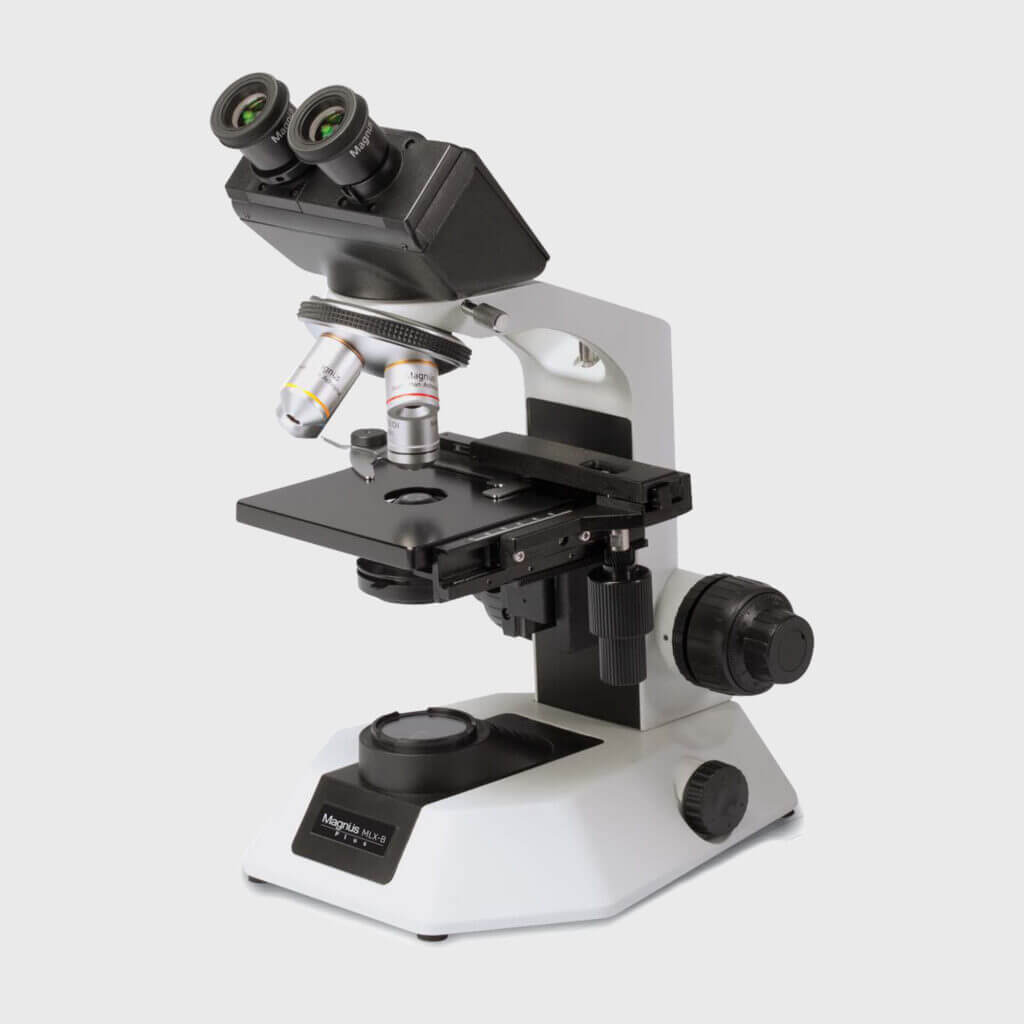
- Microscopes: Unveiling the Microscopic World-
With the help of various microscope types, we can explore and unravel the intricate details of the tiniest organisms and objects. From bacteria and cells to nanoparticles and crystals, microscopes provide us with a window into an otherwise invisible world
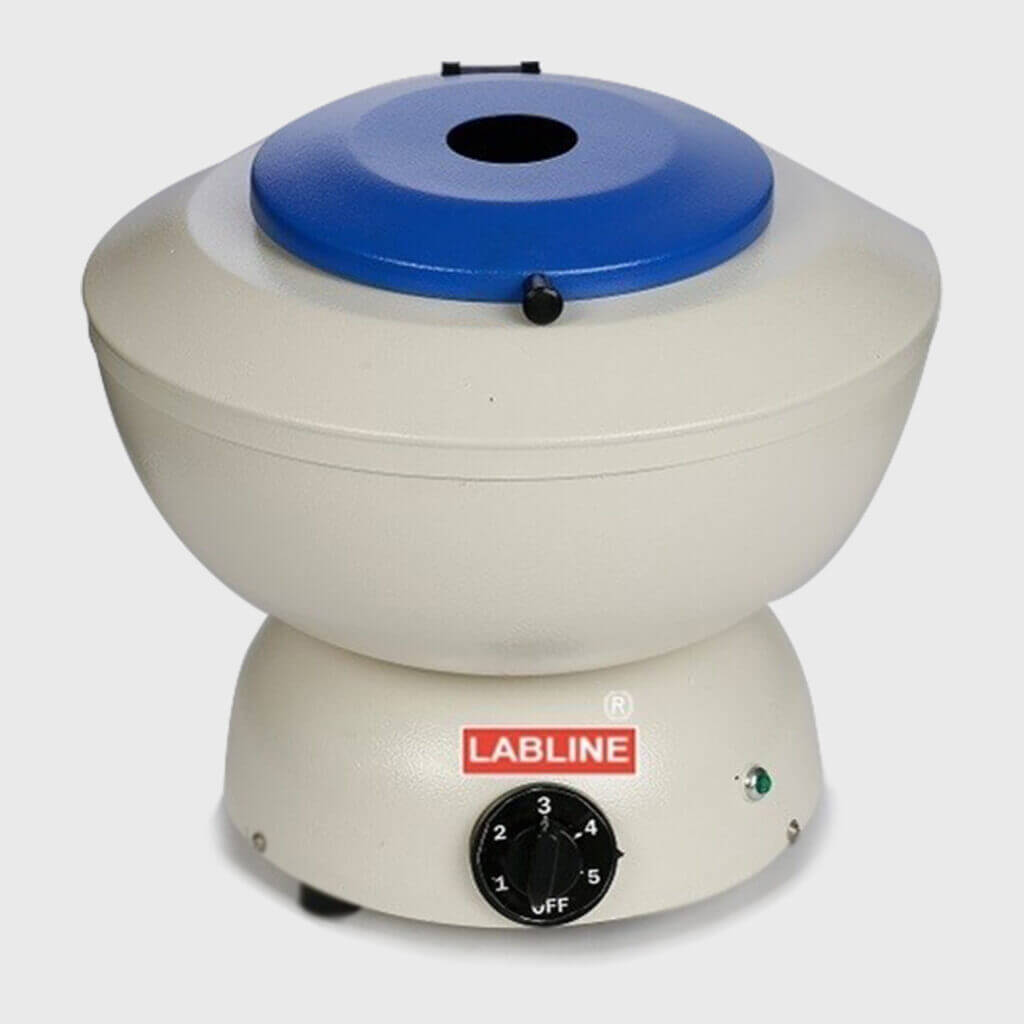
- Centrifuges: Separating Substances with Precision-
centrifugal force is used to separate components of mixtures based on their size and/or density. It is a very vital technique that is utilized in research fields like biochemistry, cellular and molecular biology, medicine and pharmacy.
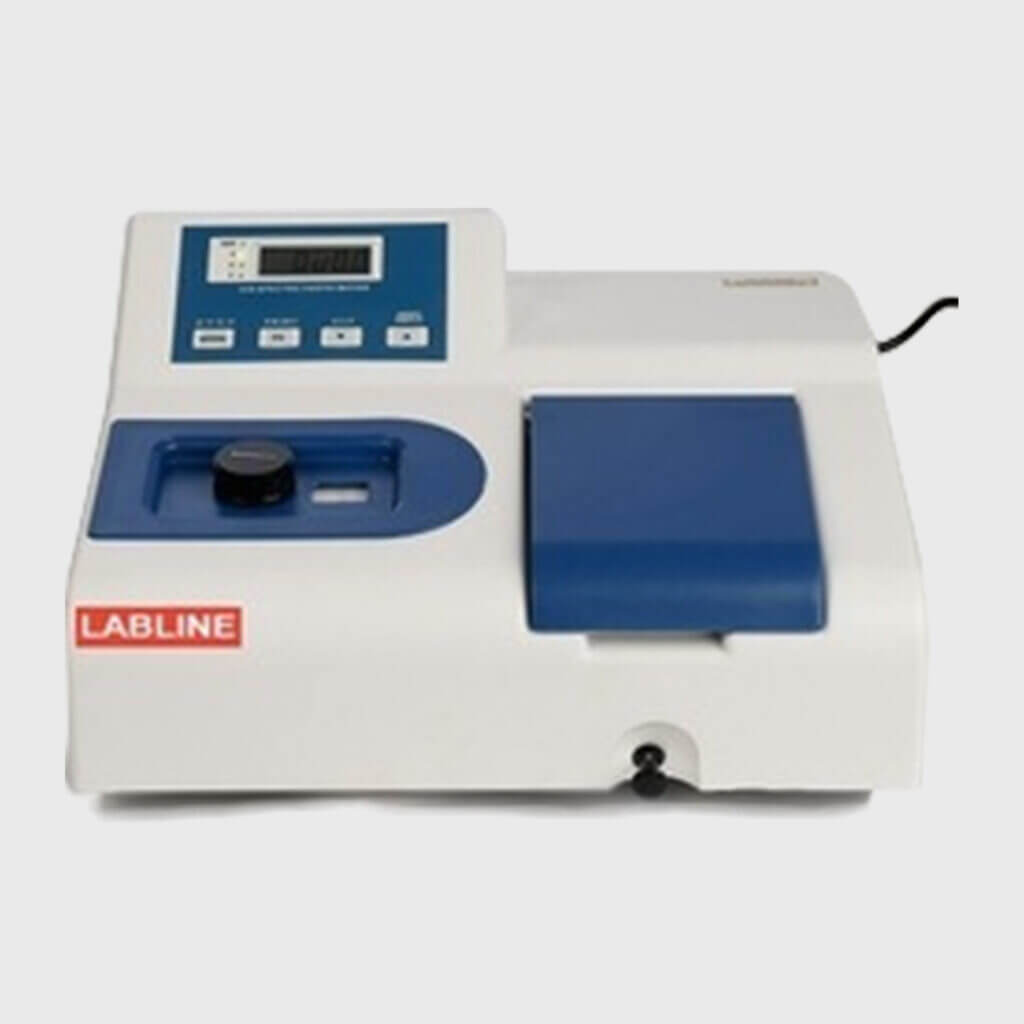
- Spectrophotometers: Analyzing Light Absorption –
A spectrophotometer is an instrument that measures the amount of photons (the intensity of light) absorbed after it passes through sample solution. With the spectrophotometer, the amount of a known chemical substance (concentrations) can also be determined by measuring the intensity of light detected.
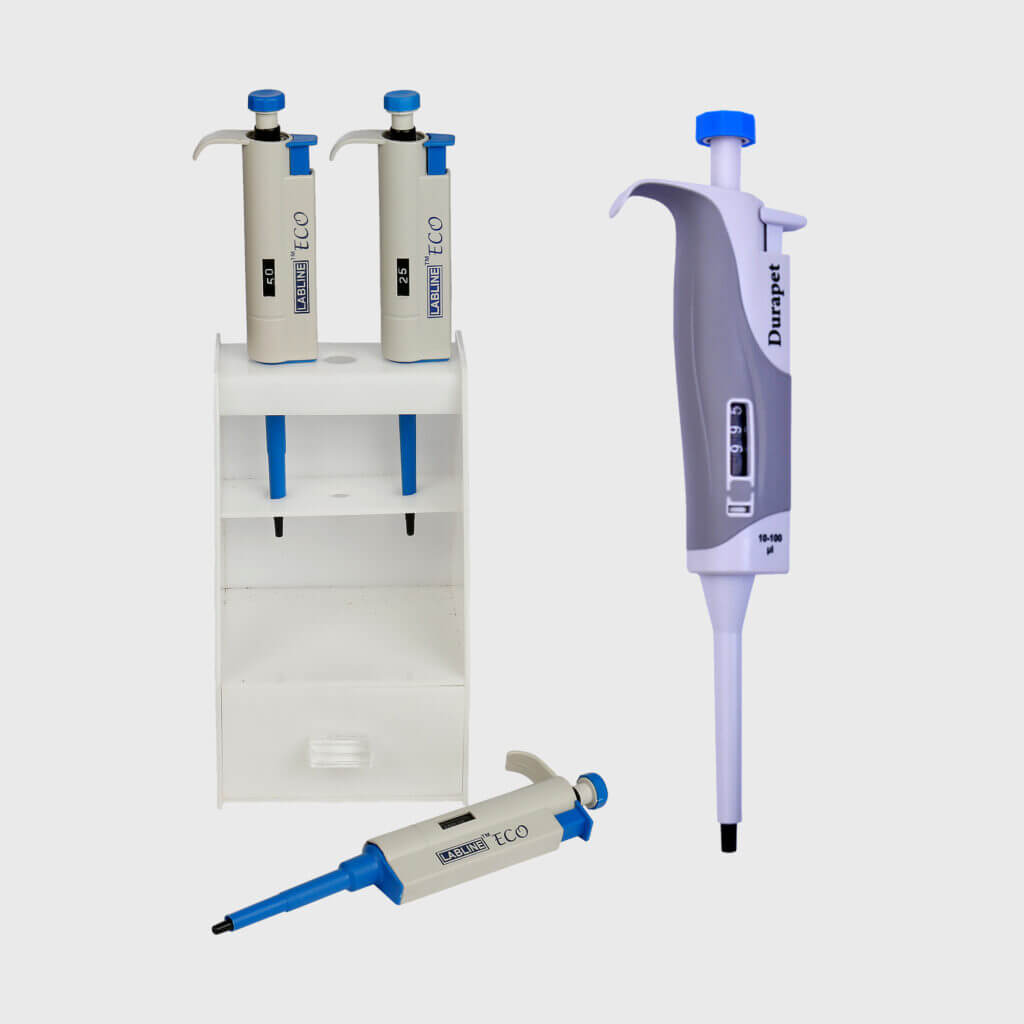
- Pipettes: Ensuring Accurate Liquid Handling –
Pipette at a constant temperature between 20° and 25°C for greatest accuracy. Use proper technique: Hold the pipette vertically, aspirate near the liquid surface, wait one second before lifting the pipette, and dispense slowly. Pre-wet: For volumes over 10 µL, pre-wet the pipette tip for better accuracy.
Advanced Analytical Instruments
• Mass Spectrometers: Identifying Molecular Compositions
• Chromatography Systems: Separating Complex Mixtures
• PCR Machines: Amplifying DNA for Genetic Studies
• Flow Cytometers: Analyzing Cell Characteristics
• NMR Spectrometers: Determining Molecular Structures
Lab Safety Equipment
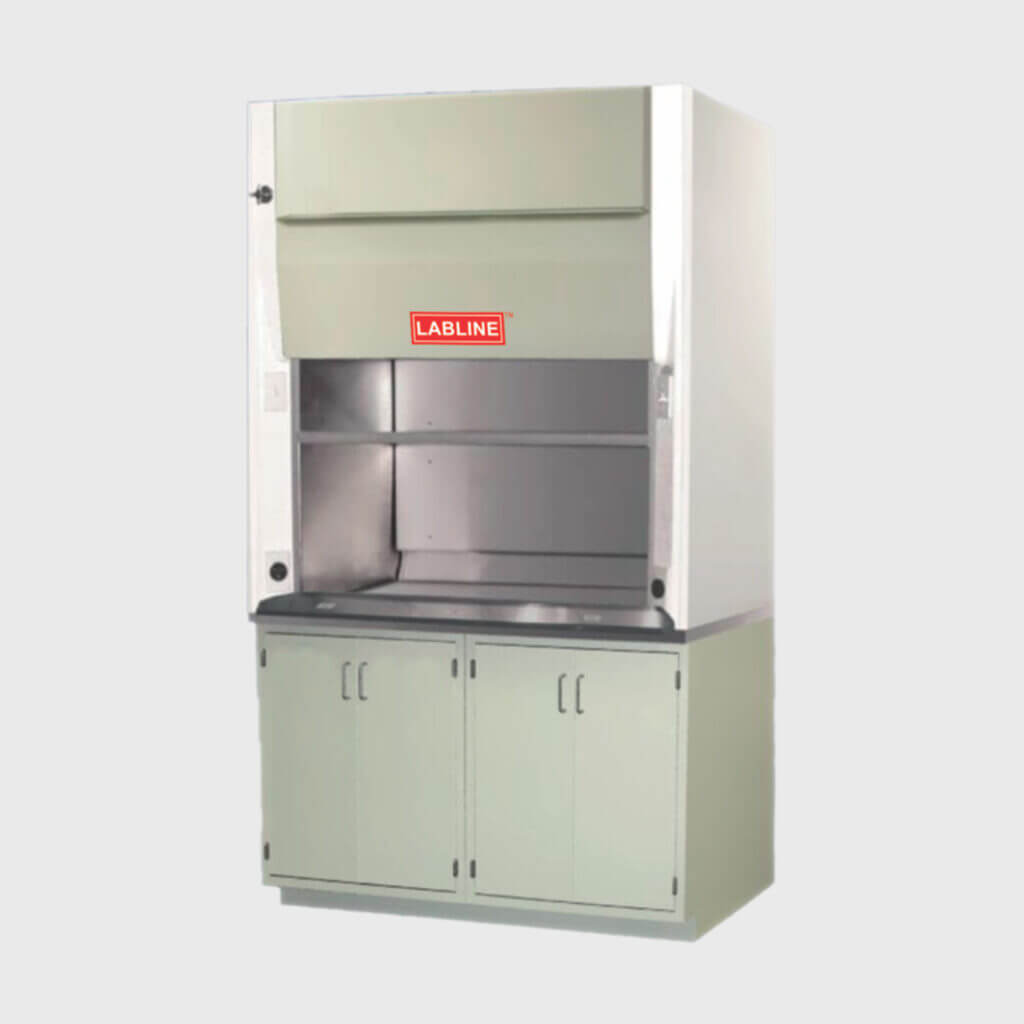
- Fume Hoods: Protecting from Harmful Vapors –
A fume hood is an enclosure that safely contains and ventilates hazardous fumes, vapors, gases and dust generated by chemical processes performed in the fume hood. Sometimes called a chemical hood or a lab hood, a fume hood protects workers from inhalation of hazardous substances.
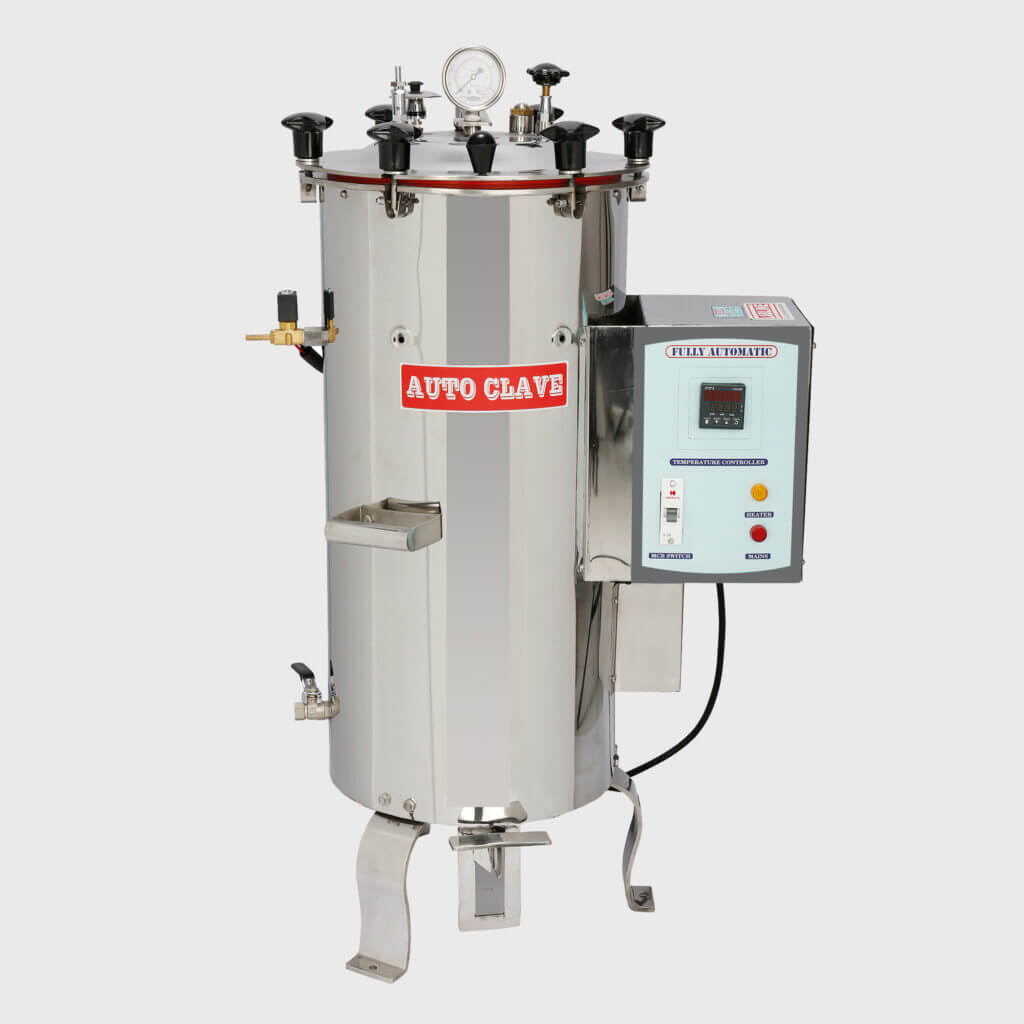
- Autoclaves: Sterilizing Equipment and Materials-
An autoclave is used to sterilize surgical equipment, laboratory instruments, pharmaceutical items, and other materials. It can sterilize solids, liquids, hollows, and instruments of various shapes and sizes. Autoclaves vary in size, shape and functionality
Eye Wash Stations and Safety Showers: Emergency Protection
Data Collection and Analysis Tools
• Data Loggers: Recording Experimental Parameters
• Lab Information Management Systems (LIMS)
• Statistical Analysis Software
Specialized Lab Instruments
Incubators: Controlling Growth Conditions
Electrophoresis Equipment: Separating Biomolecules
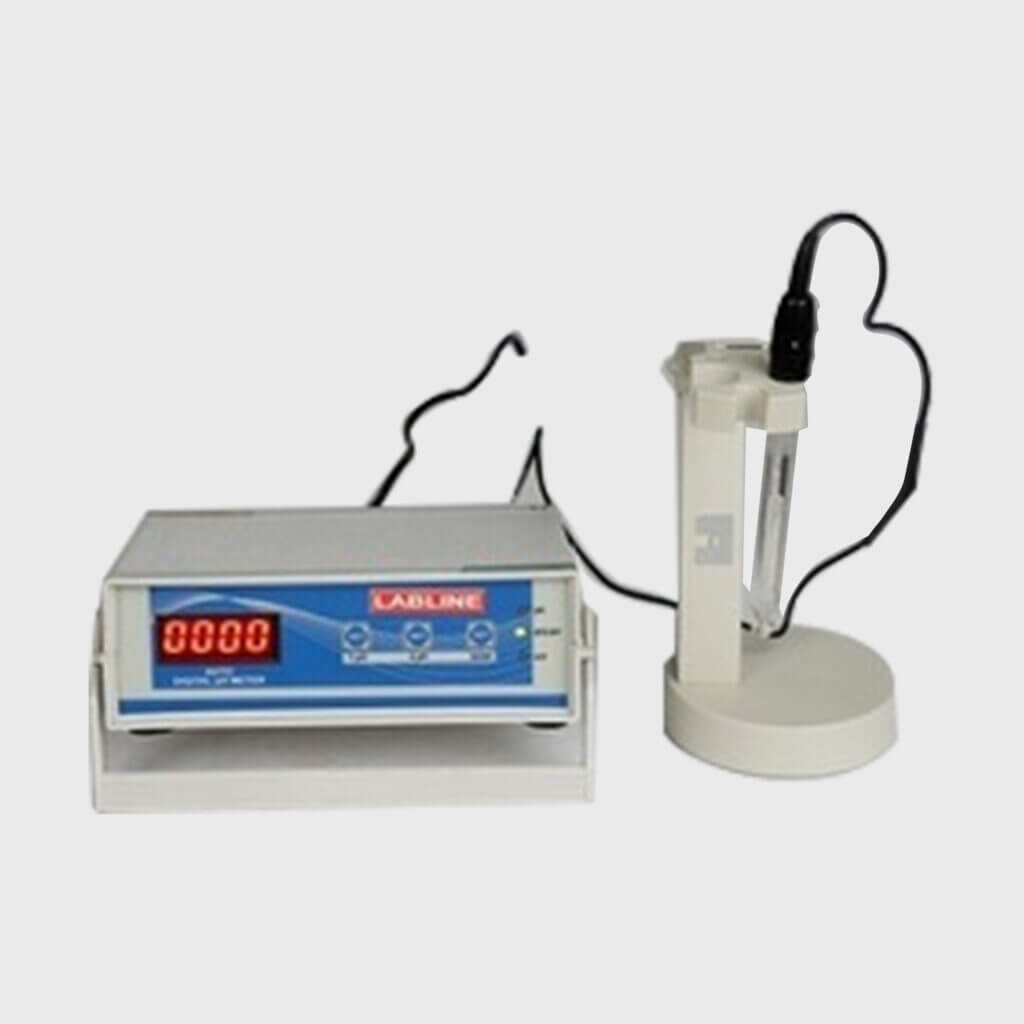
- pH Meters: Measuring Acidity and Alkalinity –
pH meter is an instrument used to measure hydrogen ion activity in solutions – in other words, this instrument measures acidity/alkalinity of a solution. The degree of hydrogen ion activity is ultimately expressed as pH level, which generally ranges from 1 to 14.
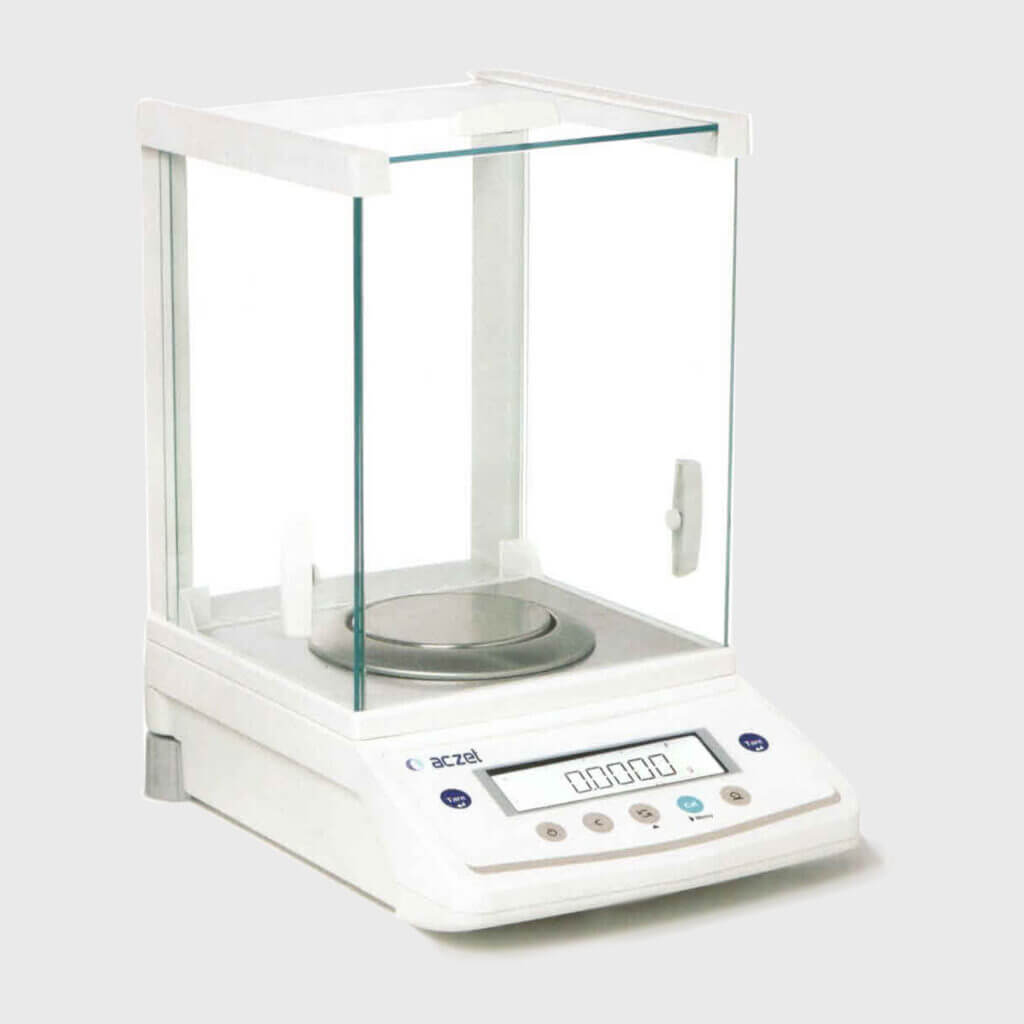
Balances: Ensuring Precise Measurements – Laboratory balances are used to accurately determine the mass or weight of an item or substance within a specific weight range and to a particular readability. They are typically used to measure the weight of smaller amounts of substances in grams, milligrams, or micrograms.

Nice blog
Nic blog
Thanks